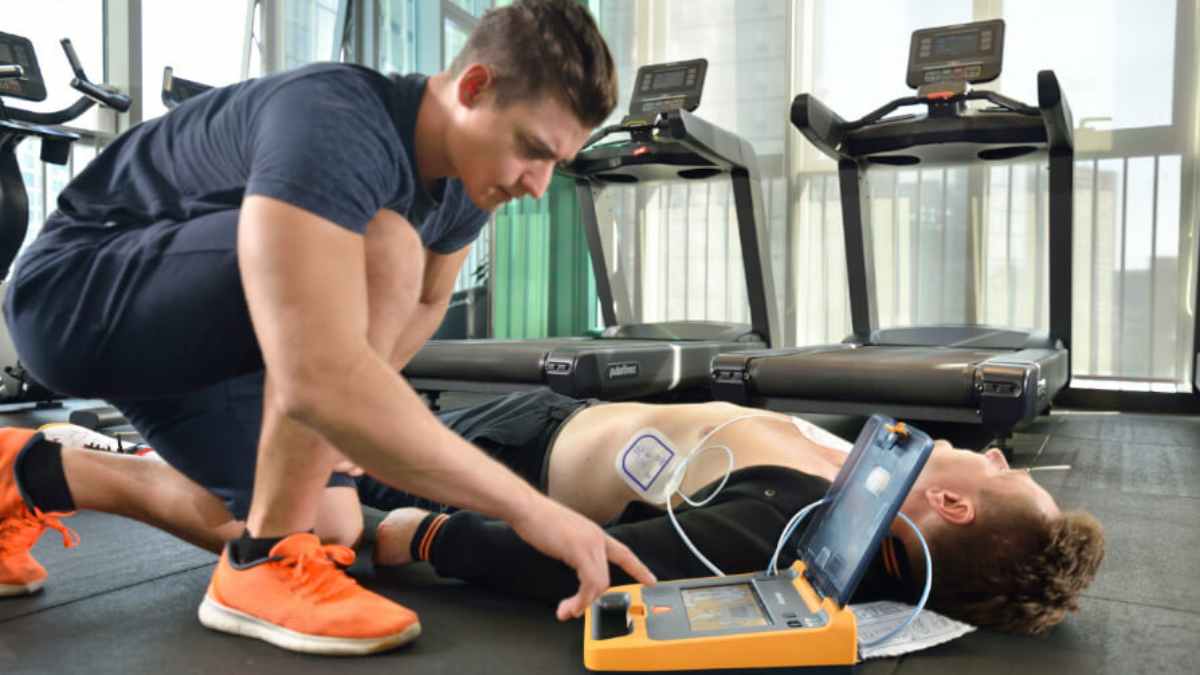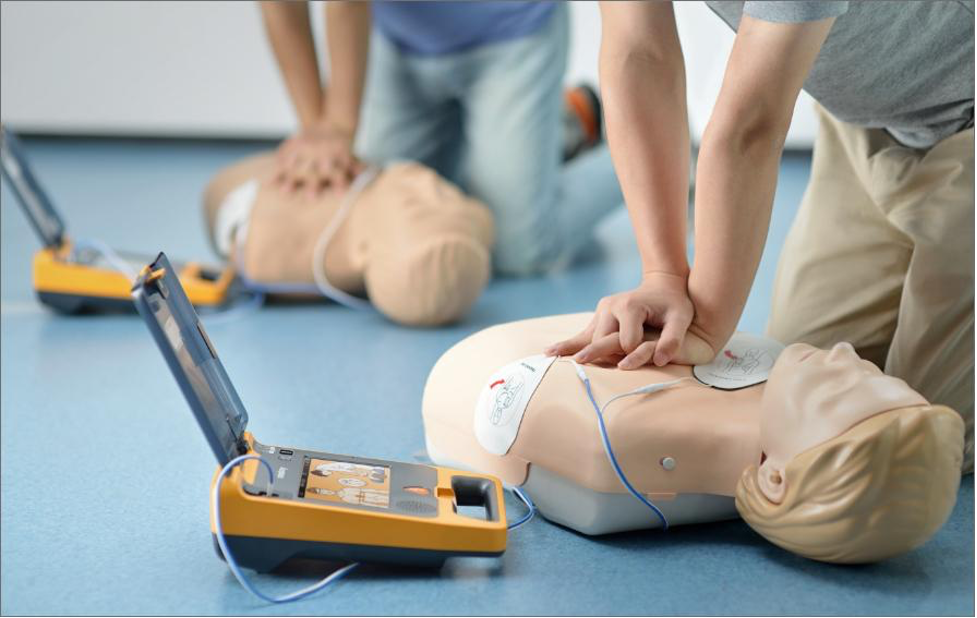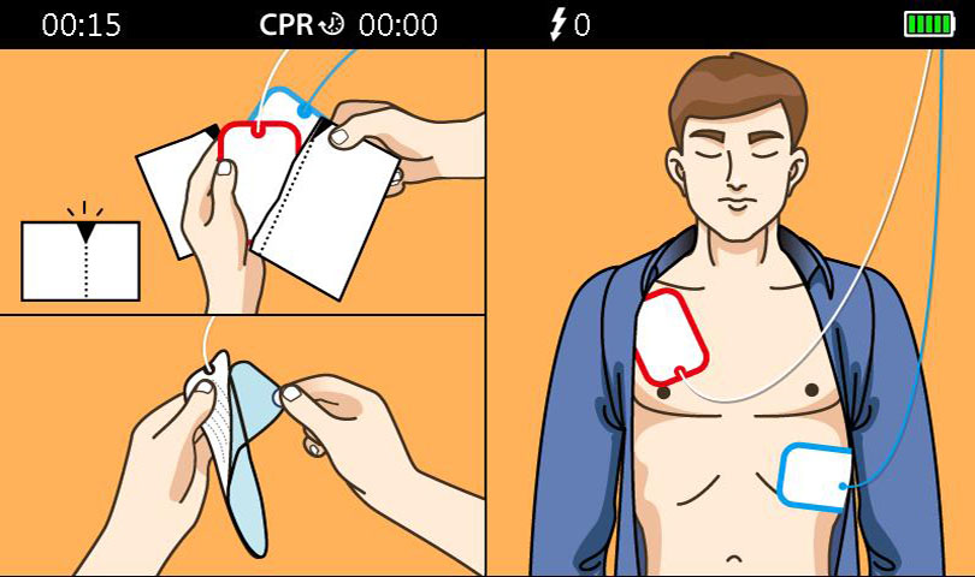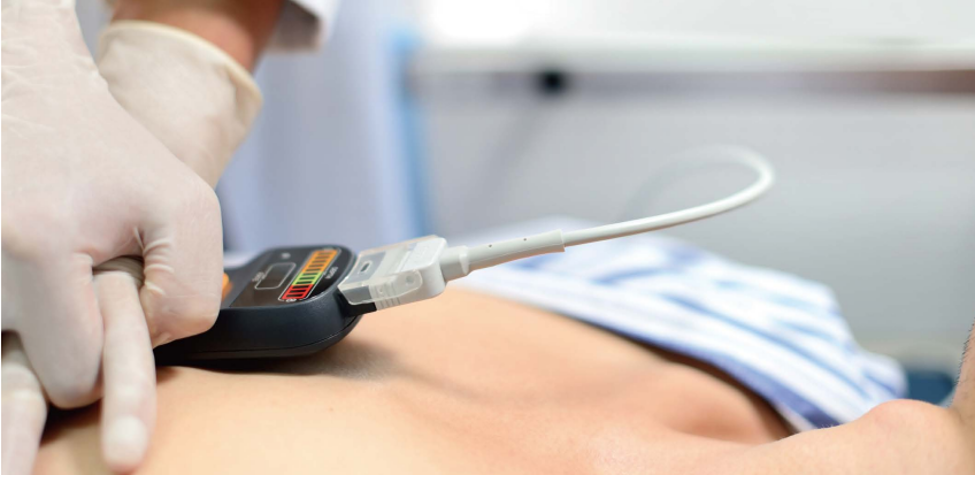
Out-of-hospital cardiac arrest (OHCA) is an important cause of mortality globally. Scary, right? The good news is that the increased installation of AED devices in public places helps improve the potential of saving the lives of your loved ones.
An AED, or automated external defibrillator, is a portable, user-friendly medical device used to treat sudden cardiac arrest (SCA) by delivering an electric shock to a fibrillated heart, a process called defibrillation. When considering buying an AED, it is vital to choose the right product ready to respond to emergencies. Mindray AED is one of the fastest and most efficient AED in the current market.
Early defibrillation is the game changer and critical to survival: the QShock patented technology of Mindray AED quickly analyzes the heart rhythm and allows the fastest shock conduction in just 8 seconds. There is also interactive voice guidance/animation prompts to ensure that the user is operating correctly in each procedure so that everyone can easily use the Mindray AED devices.
Patients have a higher impedance in some cardiac arrest situations, like the elderly, obese, or bodybuilders, making it hard to defibrillate. Sometimes they need more than 200 joules to resume heart beating. While most AED devices available in the market have a maximum energy of 200 joules and might be insufficient to restore the heartbeat of these patients, the 360 Joules biphasic technology of the Mindray AED device ensures an effective solution for everyone.
When buying an AED device, price is also an essential factor, and not just the buying price, maintenance and replacement cost also matter a lot. The Mindray AED provides a battery and pad with lifecycles for as long as five years, making it a budget-friendly device, both in the short and long term.
Do you need to be certified first to use an AED device? The answer is No. AEDs like the Mindray BeneHeart C series are so user-friendly that you can attach the pads, deliver the shocks, and perform CPR (Cardiopulmonary resuscitation) just by following the voice and video prompts, even if untrained. Yet, it is also acknowledged that performers equipped with basic knowledge can achieve smoother rescue, higher quality defibrillation and CPR. To act quickly without panicking, you should have a clear understanding of how AED devices work. Meanwhile, you could have accidentally caused an electrical shock to you or others if you are unaware of the process.

Table of Contents
How to use Mindray AED
1. Check the machine
Power on the Mindray AED. With Mindray BeneHeart C Series, you need to open the lid and power on the device in just 2 seconds without wasting any extra time. The child/adult mode is selectable from the machine, as are different languages. Once the device is on, it starts talking with you and tells you to call for emergency help service, which you should do immediately.
2. Place the AED pads
The next step in AED use is to prepare the patient for the procedures and involves defibrillator pads. Before applying the pads, remove any clothing from the patient’s chest, and if there is any moisture on the skin, make sure to wipe it off. Now tear open the pads package, and you will see two pictures explaining the location of the pads. The right pad should be placed on the right side of the patient’s chest underneath the collar bone, while the other should be placed on the left side, slightly below the armpit.

3. Analyze the heart rhythm
Once the defibrillator pads are placed correctly, the machine analyzes the heart rhythm. During this process, it is crucial to ensure no one touches the patient body and clothes; otherwise, the AED may not be able to analyze the patient’s heart rhythm correctly.
4. Deliver the AED shocks
After observing the heart rhythm, AED will instruct if a shock should be given or not. BeneHeart C series of Mindray AED has both the full-auto and semi-auto version, while the D1 series for professional usage applies only a semi-auto version. In the semi-auto version, you have to press the button yourself if the shock is needed, and in the full-auto version, AED automatically shocks the patient if a shockable heart rhythm is detected. Before delivering the shock again, make sure no one touches the patient’s body or clothes and no moisture is present on the chest.
5. Perform CPR
After AED delivers the first shock, you can provide CPR to the patient by simply following the metronome to give 30 compressions and two rescue breaths during each rescue cycle. Do not turn off the AED device or remove those defibrillator pads from the patient’s chest when doing the CPR. Once you finish CPR in two minutes, the AED will re-analyze and determine if it is necessary for the second shock. This process continues until the emergency medical services arrive. So, do the best you can and do not stop.

High-quality, advanced health care is still out of reach for most people. Working for the past 30 years to make health care available and accessible for all, Mindray believes in innovation. Cardiac arrest is one of the leading diseases that cause death, some of which are preventable with timely medical assistance and proper care. This is exactly why Mindray AED devices are created, and customized for both adults and children. With affordable and effective Mindray AED use, it is now possible to save precious lives by giving the heart a new strength. With its easy-to-use and user-friendly model, you too can become a life-saving hero, for every life is precious.